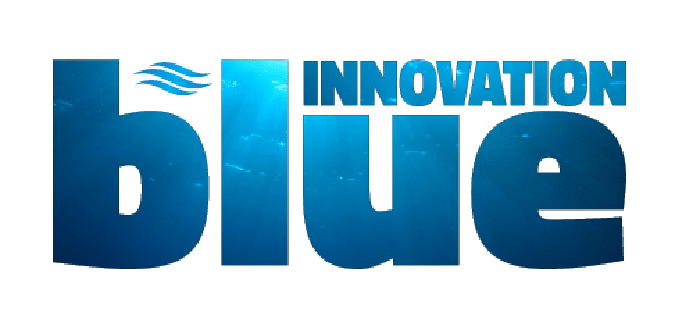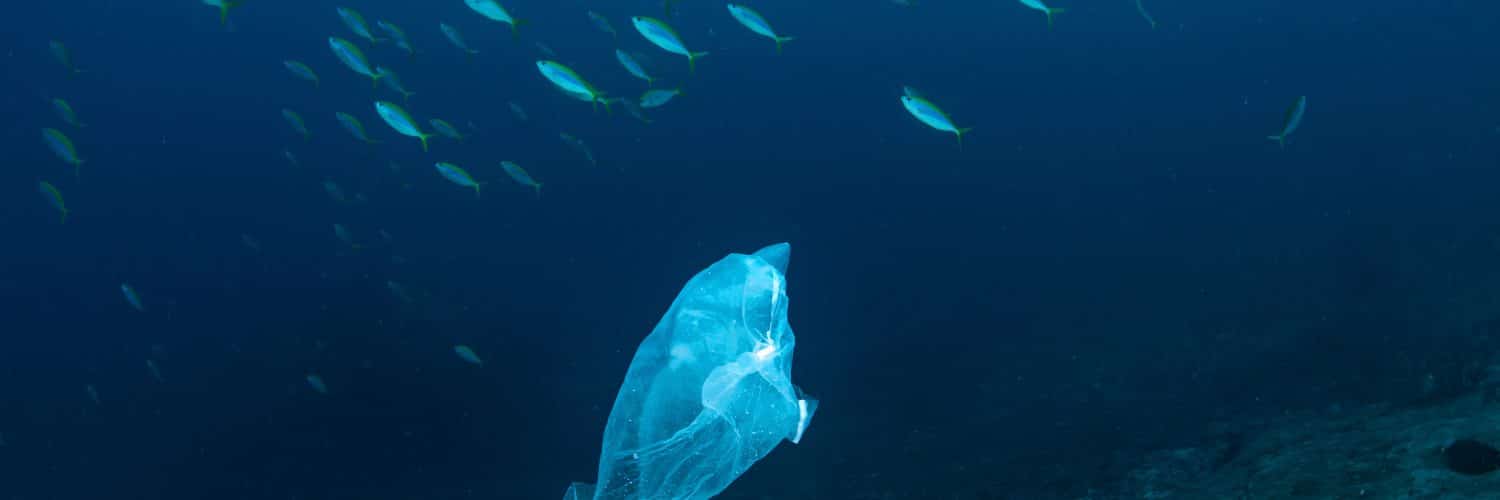However, the real untapped potential is the use of marine resources for the production of bioplastics: novel materials, of vegetable origin (seaweeds and microalgae), constitute a potential and highly valued source of starch and other organic compounds, which, by bioprocessing methodologies traditionally used for other biomass refining (e.g. sugarcane), can become raw material for high quality, biodegradable, bio-sourced plastics. The relevant efforts, especially from Brazil, in the production of bio-sourced plastic packaging materials (the largest Brazilian chemical company built a mega-factory for the production of sugarcane-derived bioplastics I’m Green™), wither before the vast amounts of freshwater and arable land needed for sugarcane plantations. On the contrary, bioplastics production from algae don’t require arable land or freshwater. The technology for their mass production is currently available, and Portuguese tech-based companies have played a preponderant role in their development, as part of R&D consortia supported by EU funding. Bioplastics production from marine origin could become a strategic impact opportunity for Portugal, by connecting the maritime economy to the traditional industry sector. Who knows if, in a few years, a new trademark for marine bioplastics packaging materials will surface in Portugal, as a product of the new blue economy…?
Vous pourriez également aimer...
Social Innovation. Blue Growth through Cooperation and Solidarity
In 2002, the Lower North Shore of Quebec, Canada was struck with a fishery crisis resulting from the closure of the local crab and cod fishery. For the affected small isolated communities along the Gulf of St Lawrence...
Algae, an effective lever for carbon-free agriculture and consumption
The Olmix Group is a French SME based in Brittany with a turnover of 155 million euros (2017)—80% of which was exports. The Group works through a worldwide network of 27 locations and 800 partners in 100 countries. Blue...
Mexico: building a blue sustainable and profitable business around sea cucumbers
Mexico is a large country that has an exclusive economic zone covering an area of 2,715,012 km2. This is more extensive than the continental surface of Mexico, the North Pacific region being the most important in...






Ajouter un commentaire